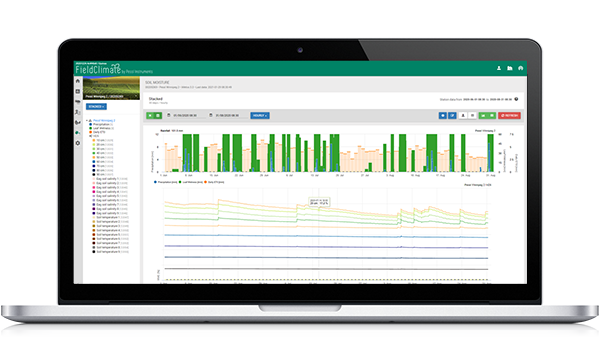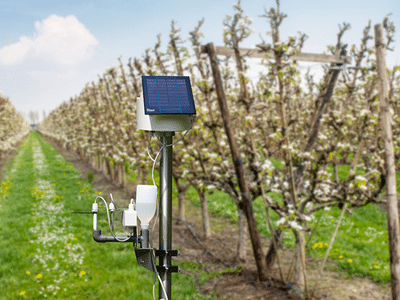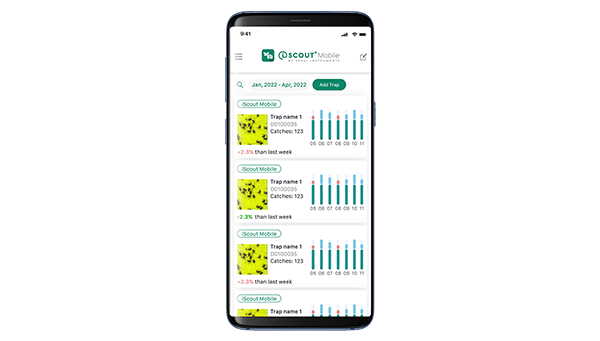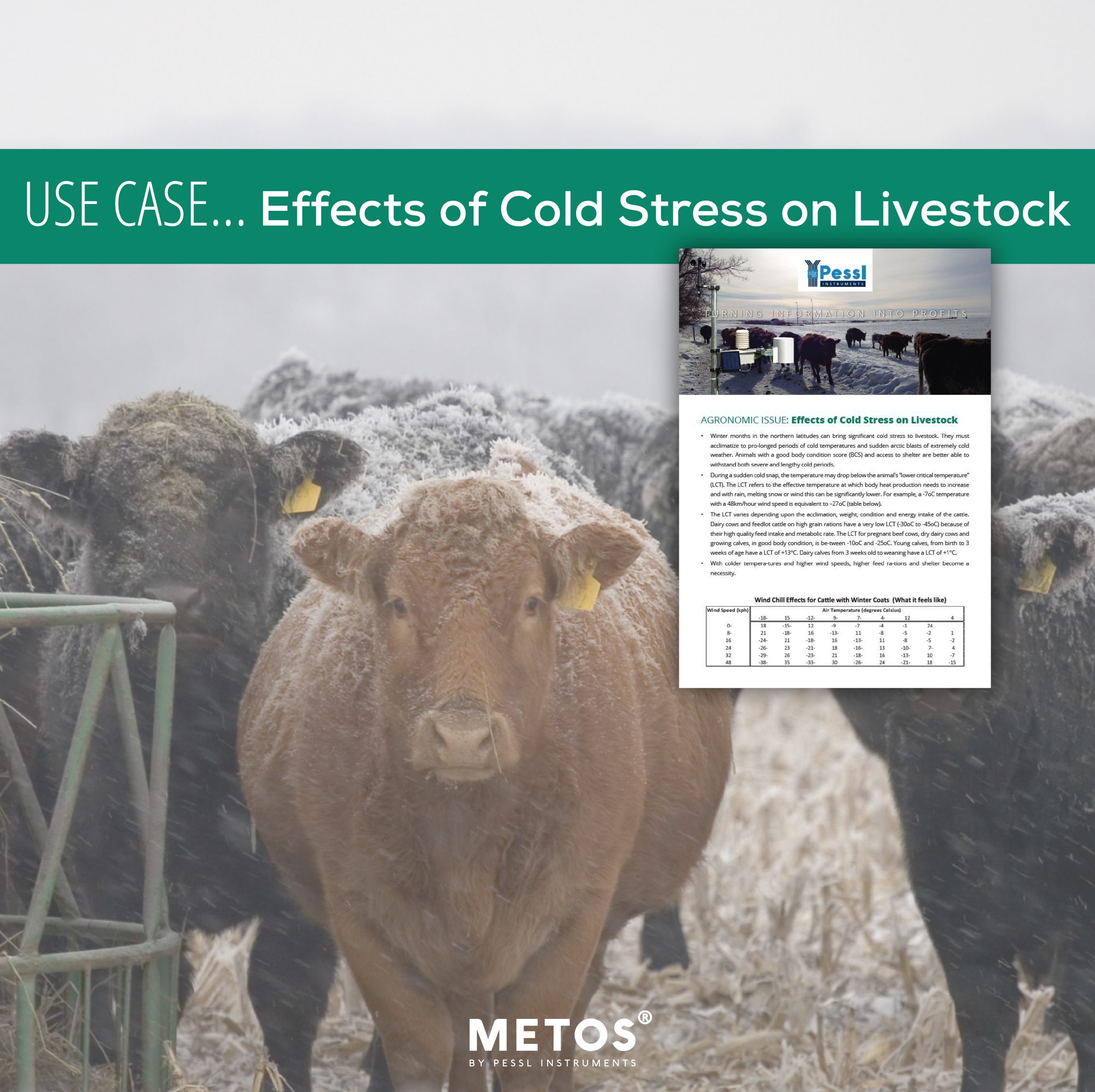We can’t control the weather but we can try do everything possible to reduce the effects of cold temperatures and windchill on livestock.
Effects of cold stress on livestock
Winter months in the northern latitudes can bring significant cold stress to livestock. They must acclimatize to prolonged periods of cold temperatures and sudden arctic blasts of extremely cold weather. Animals with a good body condition score (BCS) and access to the shelter are better able to withstand both severe and lengthy cold periods.
During a sudden cold snap, the temperature may drop below the animal’s “lower critical temperature” (LCT). The LCT refers to the effective temperature at which body heat production needs to increase and with rain, melting snow or wind this can be significantly lower. For example, a -7°C temperature with a 48km/hour wind speed is equivalent to –27°C (table below).


The LCT varies depending upon the acclimation, weight, condition and energy intake of the cattle. Dairy cows and feedlot cattle on high grain rations have a very low LCT (-30°C to -45°C) because of their high quality feed intake and metabolic rate. The LCT for pregnant beef cows, dry dairy cows and growing calves, in good body condition, is be-tween -10°C and -25°C. Young calves, from birth to 3 weeks of age have a LCT of +13°C. Dairy calves from 3 weeks old to weaning have a LCT of +1°C.
With colder temperatures and higher wind speeds, higher feed rations and shelter become a necessity.
IoT SOLUTION: In-Feedlot IMT 3.3 Weather Station and Site Specific Weather Forecast
- Monitor temperatures and increase feeding in response to cold weather. Protect animals from wind and cold temperatures, which impact the Lower Critical Temperatures based on animal
health. - Track real-time, site-specific feedlot temperatures and wind speed/gusts for the effects of windchill on livestock health (left image).
- Know the forecasted temperatures, wind speeds/gusts for the next 7 days, hour by hour for feed ration requirements (right image).
- Access both site-specific feedlot weather data and forecasts on Android or iOS systems.


Cost Benefits
- Monitor the site specific feedlot weather conditions. Observe temperature/windchill values and increase feeding in response to cold weather.
- Protect animals from the wind and high windchill values. Winds, can markedly reduces the lower critical temperature of cattle, increasing cold stress on animals, reducing animal weight and
health. - Bed cattle well. Providing sufficient dry bedding, with shelter, makes a large difference in the ability of cattle to withstand cold stress.
- If possible keep cattle clean and dry. Wet (rain, sleet, snow) coats have greatly reduced insulating properties and make cattle more susceptible to cold stress, via lower critical temperatures.
- Provide additional feed if temperatures are below the lower critical temperature. Feed more hay and/or grain. If wet feeds are fed, make sure they are thawed.
- Make sure cattle have ample water available at all times. Limiting water will limit feed intake and make it difficult for cattle to meet their energy requirements. Frozen troughs and excessively cold water impacts water intake.
Grower Testimonial
Knowing the site specific feedlot temperatures and wind speeds allows us to be proactive on animal welfare, reduce costs and improve production efficiency.
We spent about $4,000 on our iMETOS IoT weather solution and earned money through animal welfare (proper health and weight), reduce costs (when to feed and protect) by knowing actual feedlot weather conditions. Also, the impact of highly variable weather conditions (climate change) is forcing us to be more proactive on our management plan.
Our return on investment (ROI) ranges from breaking even in during benign years to over 6:1 in cold/harsh winters.
This ROI use case is available for download. Save it, read it when you have time, share it further.





